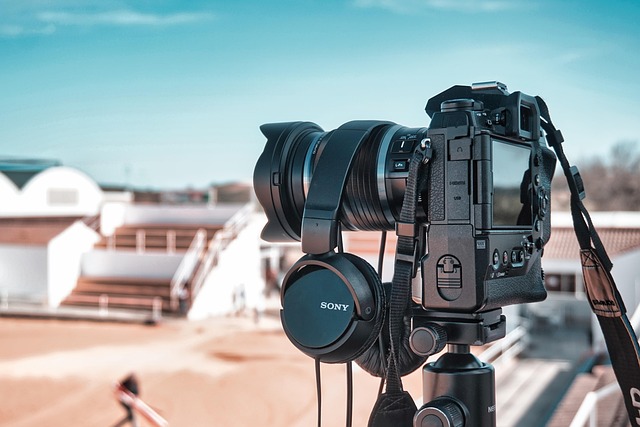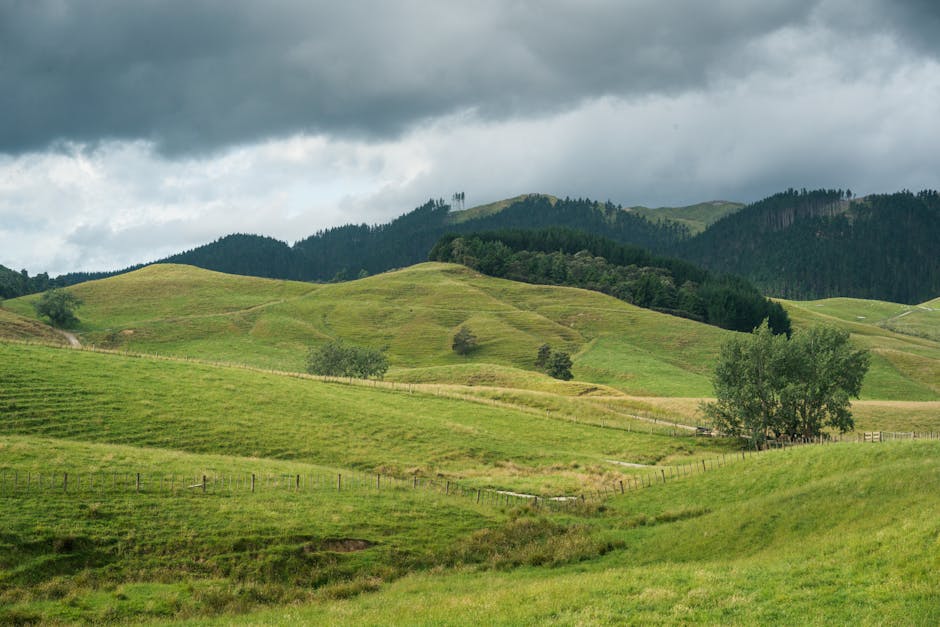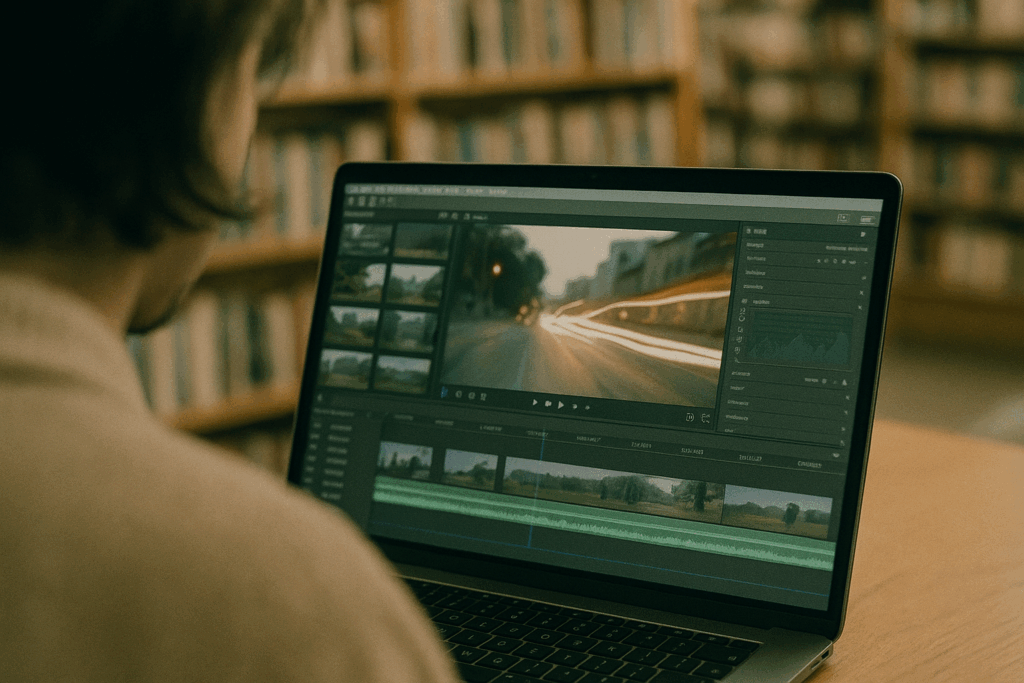Why Transitions Matter
A well-timed transition does more than just stitch clips together—it sets the rhythm for your entire video. Whether you’re switching scenes, changing tone, or fast-tracking through content, how you transition can make or break the viewer’s experience.
Set the Pace and Tone
Think of transitions as your vlog’s tempo-setting tools. Are you aiming for a high-energy, fast-cut travel montage? Or a calm, introspective day-in-the-life vlog? The types and timing of your transitions should reflect that.
- Use sharp cuts for urgency and momentum
- Choose slower dissolves or fades for reflective or emotional moments
- Let movement-based transitions (like pans or slides) mirror the dynamic energy of the scene
Keep Viewers Engaged
Transitions offer crucial visual breathing room between scenes. They sustain attention by providing a sense of direction, and when used purposefully, they prevent viewers from feeling lost or jolted.
- Seamless transitions encourage longer watch times
- Strategic audio cues can signal shifts and keep the flow cohesive
- Smart pacing reduces drop-off points between segments
Boost Production Without Big Budgets
You don’t need expensive gear to make your vlog look sleek—you need smart editing choices. Good transitions elevate your project from amateur to pro with minimal resources.
- Use built-in transitions creatively in your editing software
- Blend scenes naturally without relying on complex effects
- Focus on consistency—clean cuts often outperform over-the-top transitions
Remember: Even the simplest transition becomes powerful when it aligns with your story’s rhythm and tone. It’s not about hiding the seams—it’s about guiding the flow.
Types of Transitions That Work
Video transitions are more than visual flair—they shape how your story flows from one shot to the next. Here’s a breakdown of transitions that consistently perform well across vlogs:
Cut
- What it is: A direct switch from one shot to another
- Why it works: It’s quick, clean, and invisible when used with purpose
- When to use: Dialogue scenes, fast-paced edits, or punchline delivery
- Pro tip: Time cuts with movement or speech to keep up the momentum
Dissolve / Fade
- What it is: Gradual blending of scenes, either to black or across shots
- Why it works: Creates emotional space, signals a change in mood or passage of time
- When to use: Reflections, memory sequences, or sunset-to-night transitions
- Pro tip: Use with subtler background music to reinforce the mood shift
Slide / Pan
- What it is: Horizontal or vertical movement to replace one shot with another
- Why it works: Adds energy, visual interest, or simulates motion between two places
- When to use: Travel sequences, room-to-room transitions, or zoom-based edits
- Pro tip: Match camera movement with the slide direction for a smoother experience
Match Cut
- What it is: Cuts from one shot to another by matching elements in shape, movement, or theme
- Why it works: Connects different scenes in a visually cohesive way
- When to use: Switching between locations with similar compositions, thematic storytelling
- Pro tip: Plan match cuts during shooting—look for repetitive shapes or gestures
J-Cuts and L-Cuts
- What it is:
- J-Cut: Audio from the next scene starts before the image
- L-Cut: Audio from the current scene continues over the next image
- Why it works: Offers a cinematic feel, builds tension, or smooths pacing
- When to use: Intro scenes, story shifts, transitions from talking to visuals
- Pro tip: Use to introduce scenes without jumping abruptly between contexts
How to Choose the Right Transition
Selecting the right type of transition isn’t just a technical choice—it’s a creative one. A transition that works beautifully in a cinematic travel vlog might feel totally out of place in a fast-paced, comedic skit. Consider the vibe of each project before deciding how to move from scene to scene.
Match the Tone and Tempo
Different vlogs demand different rhythms. Let your genre guide your transition choices:
- Comedy Vlogs: Quick cuts and hard cuts help keep punchlines sharp
- Travel or Cinematic Vlogs: Smooth pans, fades, or match cuts enhance flow and aesthetic
- Tutorial or How-To Videos: Simple cuts keep focus on the content
Keep It Clean and Clear
Transitions shouldn’t call attention to themselves unless that’s the point.
- Use flair sparingly—overediting distracts from the story
- Let content lead, with transitions supporting (not stealing) the moment
- Visual effects should serve meaning, not mask weak footage
Let Your Audience Guide You
Your viewers’ habits are the ultimate feedback loop. Platforms give you data—use it:
- Watch retention metrics to see where drop-offs happen
- Test different styles in A/B content to see what resonates
- Consider the tone your audience expects and play into that experience
When in doubt, simplify. Clean transitions paired with good storytelling often beat flashy effects that lack context.
Editing Tips for Seamless Flow
The best transitions don’t happen by accident—they’re baked into the plan from the start. When you map out your shots during pre-production, think about how each piece connects to the next. This isn’t just about what camera move comes next; it’s about emotional and narrative flow. Visual rhythm starts long before the timeline opens in your editing software.
Sound is your secret weapon. A well-placed sound bridge—a track that carries over from one scene to the next—can make even a hard cut feel intentional. Whether it’s subtle ambient noise or part of your soundtrack, audio softens the edges when visuals get choppy.
Timing transitions with beat drops, music shifts, or dialogue cues gives your edit a subconscious pulse that viewers feel, even if they can’t explain it. It’s about flow, not flash.
Bottom line: be intentional. Random transitions (or too many effects) scream amateur hour. Clean cuts with purpose carry more weight than flashy wipes or spins. Craft movement that fits the moment. Your viewers won’t remember the edit—they’ll remember how smooth it felt.
Tools that Help (Without Adding Bulk)
Good transitions don’t require Hollywood-level setups. Most top-tier editing programs already come loaded with clean, effective tools. Premiere Pro, Final Cut, and DaVinci Resolve all offer solid built-in transitions, from basic dissolves to classic wipes—and they’re tweakable enough to match your vlog’s vibe without getting gimmicky.
For creators hunting a little extra polish, plug-ins can speed things up. Motion VFX and Cinepunch are go-tos—offering ready-made presets that give your edits a slick, professional finish without spending hours keyframing each cut. It’s plug, drag, and get back to the story.
Want to chop time off post even further? Memorize a short list of keyboard shortcuts. Whether it’s for ripple deletes, nudging clips, or dropping default transitions in a snap, these tiny muscle memory moves save hours across a project. Less dragging, more creating.
Don’t overcomplicate. The right tools are the ones that get out of your way and let the content breathe.
Common Mistakes to Avoid
A slick transition can’t fix a bad shot. Still, too many creators fall into the trap of masking weak footage with flashy effects. The result? A vlog that looks more like a demo reel for editing software than a piece of storytelling. If a scene doesn’t hold on its own, no amount of zoom spins or glitch cuts will save it—viewers can tell when you’re covering something up.
Another common misstep: transitions that steal the spotlight. If an effect pulls attention away from what’s actually happening in the video, it’s doing more harm than good. The goal isn’t to impress with transitions—it’s to keep viewers focused on the story.
Then there’s audio. Crisp visuals fall flat when sound jumps, cuts abruptly, or doesn’t match the scene. Don’t let an audio mismatch kill the mood. Transitions need to blend both sight and sound, or the moment breaks.
Keep it simple. Use transitions to serve the content—not distract from it.
Advanced Transition Techniques
Sometimes, the slickest transitions are the ones you don’t even see. That’s where masking and morph cuts come in. With careful planning, these techniques let you jump between shots without a hiccup—hiding cuts in head turns, whip pans, or even a crossfade tucked inside a blur. Great for dialogue sequences or solo takes where you need to cut for time without breaking continuity.
Then there’s speed ramping. It’s not just about going fast—it’s about creating rhythm. Whether you’re showing a cityscape, a cliff jump, or a makeup transformation, speeding up and slowing down footage at key moments adds punch. It keeps energy flowing without the need for added transitions.
And don’t sleep on light and motion as natural transitions. Think of a subject walking past the lens to create a wipe, or cutting on a flare of sunlight. These visual cues flow so smoothly they become part of the storytelling. They don’t draw attention. They just work—quiet, clean, pro-level stitching that keeps everything moving forward.
None of these require big-budget tricks. Just a sharp eye, good timing, and the right clip to build around. The best transitions feel like they were always meant to be there.
Conclusion: Keep It Moving, But Keep It Honest
Transitions aren’t meant to show off—they’re meant to disappear. The best transitions feel invisible. They carry the story forward without calling attention to themselves. Swipe too hard in any direction and you risk reminding the viewer they’re watching a video, not living inside it.
Done right, a transition becomes part of the rhythm. It respects the viewer’s focus and keeps the momentum alive. Think less about effects, more about flow. What matters isn’t how slick your transition looks—it’s whether it keeps people tuned in without them knowing why.
Bottom line: transitions are tools. Use them with restraint. Guide the eye, link ideas, and let the content breathe. The viewer shouldn’t notice the transition—they should just keep watching.
Level Up Your Vlog Aesthetics
Once your transitions are smooth and purposeful, the next step in elevating your vlog’s visual identity is mastering color grading. Why? Because great visuals aren’t just about sharp resolution—they’re about consistency, tone, and mood.
Why Color Grading Matters
- Enhances the emotional tone of your content
- Creates a recognizable and consistent style across videos
- Helps differentiate scenes, times of day, or mood shifts
What You’ll Learn in the Guide
If you’re ready to go beyond basic brightness and contrast tweaks, the linked guide dives into:
- Essential color grading workflows for vloggers
- Recommended LUTs and how to apply them properly
- Matching shots for continuity and style
Bring It All Together
Combining seamless transitions with professional color grading is how creators move from “casual YouTuber” to “trusted visual storyteller.”
Read the full guide on Techniques for Color Grading Your Vlogs and build a visual language your audience will recognize instantly.


 Aaron Cloutieristics brings a sharp eye for digital innovation to vlogedgevault With a strong background in tech-driven content creation, Aaron focuses on exploring emerging tools, platforms, and strategies that shape the future of vlogging and online media.
Aaron Cloutieristics brings a sharp eye for digital innovation to vlogedgevault With a strong background in tech-driven content creation, Aaron focuses on exploring emerging tools, platforms, and strategies that shape the future of vlogging and online media.

